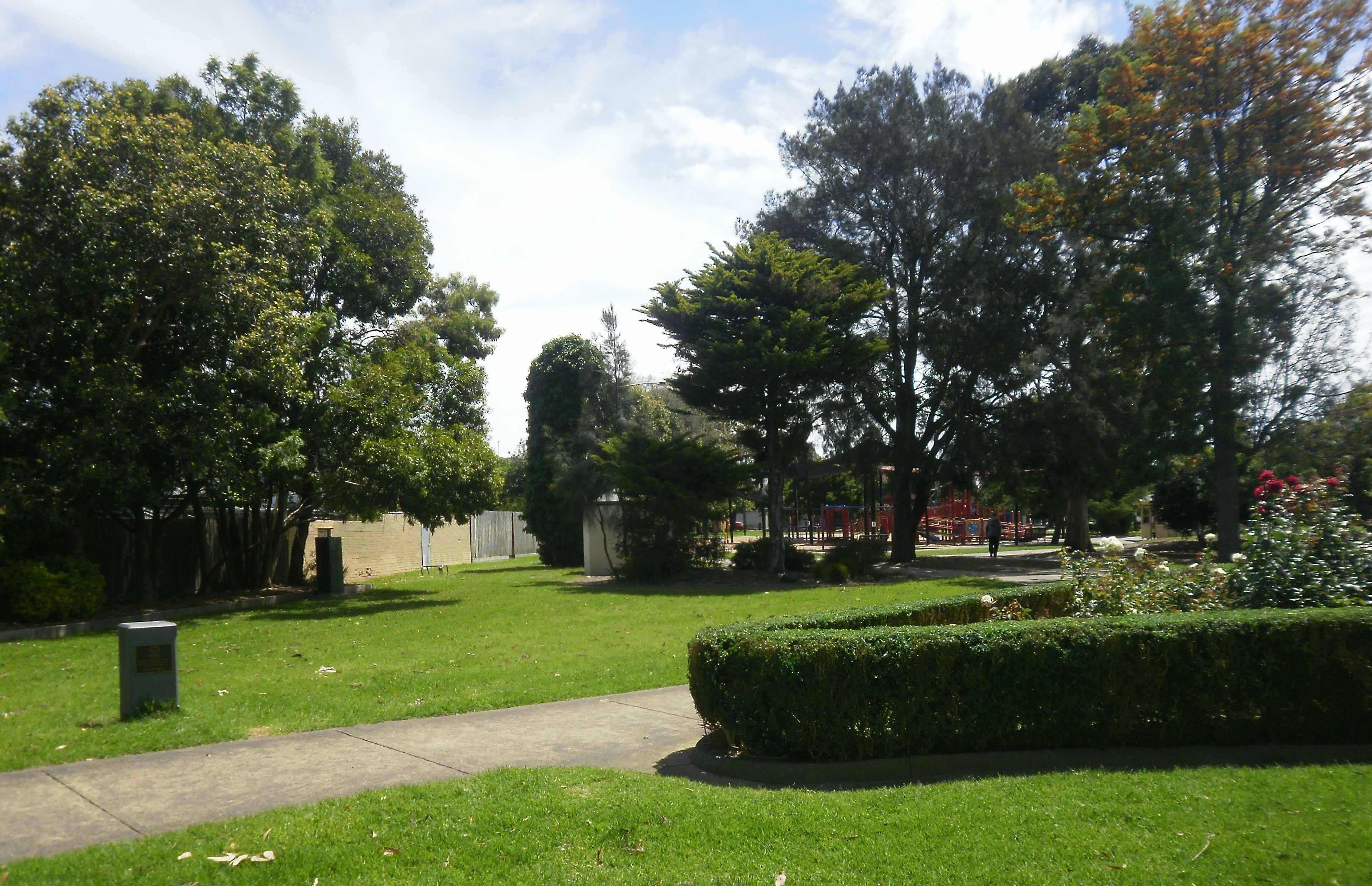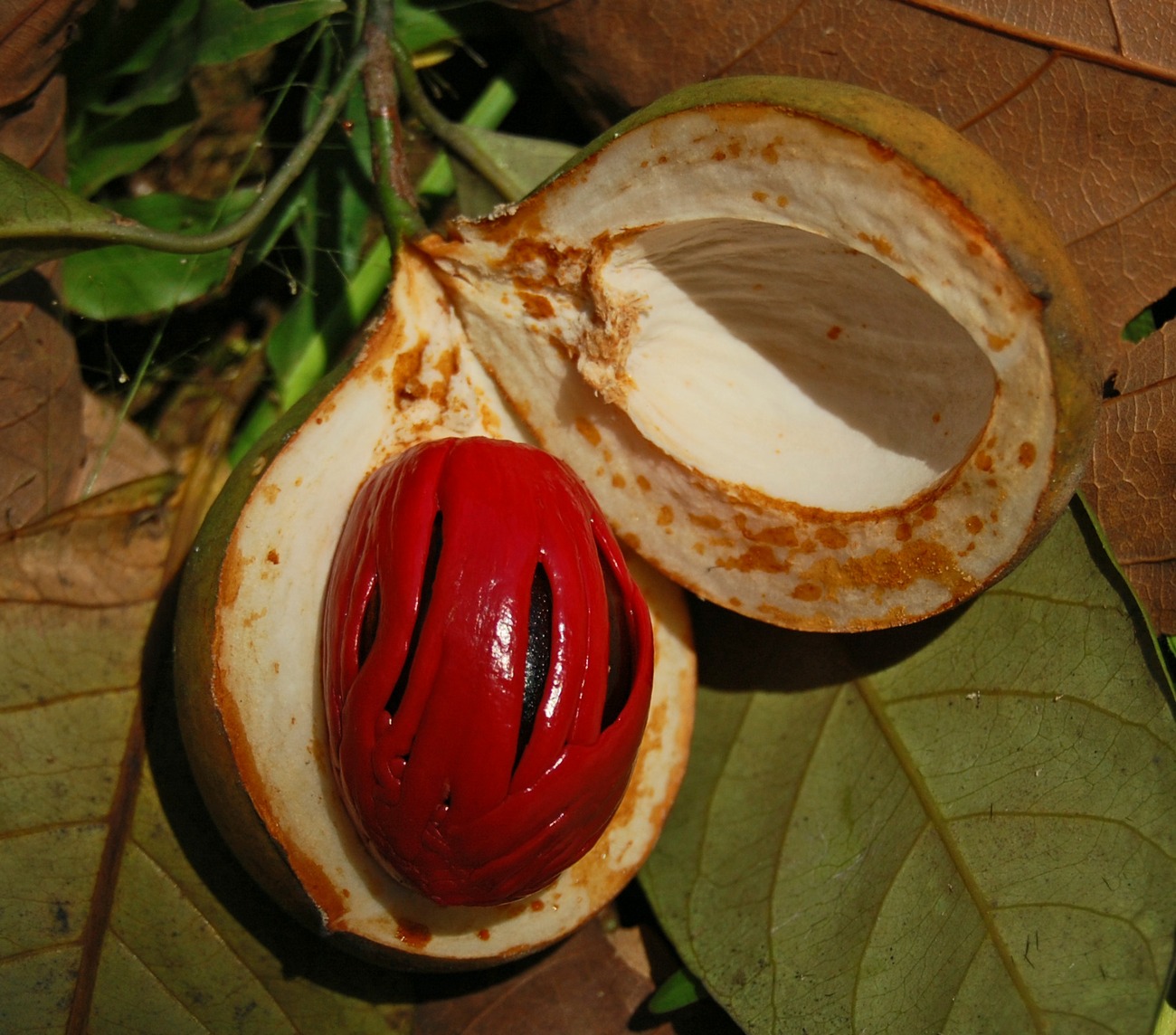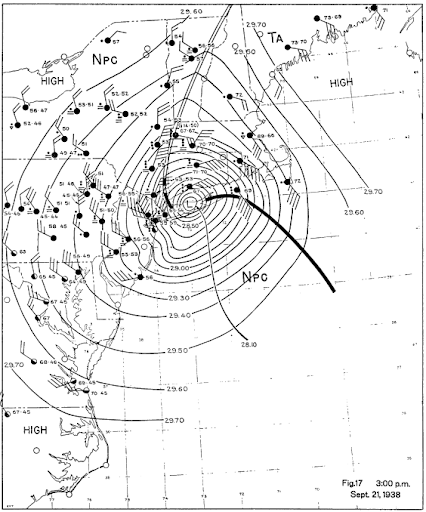|
Rhododendron State Park
Rhododendron State Park is a public recreation area and nature preserve occupying on and around Little Monadnock Mountain in Fitzwilliam, New Hampshire, United States. The state park contains a stand of native ''Rhododendron maximum'', the largest of nineteen similar stands in central and northern New England, the northern limit of their growing range. The stand was designated a National Natural Landmark in 1982. The park also includes wild blueberry, blueberries, cranberry, cranberries, Kalmia latifolia, mountain laurel, Cassiope, heathers, Epigaea, mayflower, and wintergreen. History In 1901-1902 Mary Lee Ware played a pivotal role in the creation of the park. In 1901, landowner Levi Fuller planned to "lumber off" the property and would have if not for Mary, who bought it in 1902. Giving it to the Appalachian Mountain Club (AMC) a year later, she signed the deal on the condition that the woodland "...be held as a reservation properly protected and open to the public..." The co ... [...More Info...] [...Related Items...] OR: [Wikipedia] [Google] [Baidu] |
Rhododendron Maximum
''Rhododendron maximum'' — its common names include great laurel, great rhododendron, rosebay rhododendron, American rhododendron and big rhododendron — is a species of ''Rhododendron'' native to the Appalachians of eastern North America, from Alabama north to coastal Nova Scotia. Description ''Rhododendron maximum'' is an evergreen shrub growing to , rarely , tall. The leaves are long and broad. The flowers are diameter, white, pink or pale purple, often with small greenish-yellow spots. The fruit is a dry capsule long, containing numerous small seeds. The leaves can be poisonous. Leaves are sclerophyllous, simple, alternate, and oblong (10 to 30 cm long, 5 to 8 cm wide). It retains its waxy, deep-green leaves for up to 8 years, but once shed are slow to decompose. It produces large, showy, white to purple flowers each June and July. Range Rosebay rhododendron is the most frequently occurring and dominant species of ''Rhododendron'' in the southern Appalac ... [...More Info...] [...Related Items...] OR: [Wikipedia] [Google] [Baidu] |
Mary Lee Ware
Mary Lee Ware, (Jan. 7, 1858 – Jan. 9, 1937) daughter of Elizabeth Cabot (Lee) Ware and Charles Eliot Ware, was born to a wealthy Bostonian family and, with her mother, was the principal sponsor of the Harvard Museum of Natural History's famous Glass Flowers (formally ''The Ware Collection of Blaschka Glass Models of Plants''). She was an avid student of botany, particularly of the work of George Lincoln Goodale; a close friend and sponsor of Leopold and Rudolf Blaschka, creators of the Glass Flowers; and a leading philanthropist and farmer of Rindge, New Hampshire and Boston, Massachusetts. Early life Born into a respected family in the New Hampshire town of Rindge, specifically to naturalist and Harvard Medical School professor Dr. Charles Eliot Ware ("a leading physician in Boston") and his wife Elizabeth in 1858, Mary Lee Ware was an avid nature-lover and lived according to the precept "It is more blessed to give than to receive."Hale, Emily. Mary Lee Ware. Boston, 19 ... [...More Info...] [...Related Items...] OR: [Wikipedia] [Google] [Baidu] |
Parks In Cheshire County, New Hampshire
A park is an area of natural, semi-natural or planted space set aside for human enjoyment and recreation or for the protection of wildlife or natural habitats. Urban parks are green spaces set aside for recreation inside towns and cities. National parks and country parks are green spaces used for recreation in the countryside. State parks and provincial parks are administered by sub-national government states and agencies. Parks may consist of grassy areas, rocks, soil and trees, but may also contain buildings and other artifacts such as monuments, fountains or playground structures. Many parks have fields for playing sports such as baseball and football, and paved areas for games such as basketball. Many parks have trails for walking, biking and other activities. Some parks are built adjacent to bodies of water or watercourses and may comprise a beach or boat dock area. Urban parks often have benches for sitting and may contain picnic tables and barbecue grills. The larg ... [...More Info...] [...Related Items...] OR: [Wikipedia] [Google] [Baidu] |
National Natural Landmarks In New Hampshire
National may refer to: Common uses * Nation or country ** Nationality – a ''national'' is a person who is subject to a nation, regardless of whether the person has full rights as a citizen Places in the United States * National, Maryland, census-designated place * National, Nevada, ghost town * National, Utah, ghost town * National, West Virginia, unincorporated community Commerce * National (brand), a brand name of electronic goods from Panasonic * National Benzole (or simply known as National), former petrol station chain in the UK, merged with BP * National Car Rental, an American rental car company * National Energy Systems, a former name of Eco Marine Power * National Entertainment Commission, a former name of the Media Rating Council * National Motor Vehicle Company, Indianapolis, Indiana, USA 1900-1924 * National Supermarkets, a defunct American grocery store chain * National String Instrument Corporation, a guitar company formed to manufacture the first resonator gui ... [...More Info...] [...Related Items...] OR: [Wikipedia] [Google] [Baidu] |
Botanical Gardens In New Hampshire
Botany, also called plant science (or plant sciences), plant biology or phytology, is the science of plant life and a branch of biology. A botanist, plant scientist or phytologist is a scientist who specialises in this field. The term "botany" comes from the Ancient Greek word (') meaning "pasture", "herbs" "grass", or "fodder"; is in turn derived from (), "to feed" or "to graze". Traditionally, botany has also included the study of fungi and algae by mycologists and phycologists respectively, with the study of these three groups of organisms remaining within the sphere of interest of the International Botanical Congress. Nowadays, botanists (in the strict sense) study approximately 410,000 species of land plants of which some 391,000 species are vascular plants (including approximately 369,000 species of flowering plants), and approximately 20,000 are bryophytes. Botany originated in prehistory as herbalism with the efforts of early humans to identify – and later cultiv ... [...More Info...] [...Related Items...] OR: [Wikipedia] [Google] [Baidu] |
State Parks Of The Appalachians
State may refer to: Arts, entertainment, and media Literature * '' State Magazine'', a monthly magazine published by the U.S. Department of State * ''The State'' (newspaper), a daily newspaper in Columbia, South Carolina, United States * '' Our State'', a monthly magazine published in North Carolina and formerly called ''The State'' * The State (Larry Niven), a fictional future government in three novels by Larry Niven Music Groups and labels * States Records, an American record label * The State (band), Australian band previously known as the Cutters Albums * ''State'' (album), a 2013 album by Todd Rundgren * ''States'' (album), a 2013 album by the Paper Kites * ''States'', a 1991 album by Klinik * ''The State'' (album), a 1999 album by Nickelback Television * ''The State'' (American TV series), 1993 * ''The State'' (British TV series), 2017 Other * The State (comedy troupe), an American comedy troupe Law and politics * State (polity), a centralized political organiz ... [...More Info...] [...Related Items...] OR: [Wikipedia] [Google] [Baidu] |
List Of National Natural Landmarks In New Hampshire
From List of National Natural Landmarks, these are the National Natural Landmarks in New Hampshire. There are 11 in total. {{NatNaturalLand * New Hampshire New Hampshire is a state in the New England region of the northeastern United States. It is bordered by Massachusetts to the south, Vermont to the west, Maine and the Gulf of Maine to the east, and the Canadian province of Quebec to the nor ... National Natural Landmarks ... [...More Info...] [...Related Items...] OR: [Wikipedia] [Google] [Baidu] |
National Register Of Historic Places Listings In Cheshire County, New Hampshire
This is a list of the National Register of Historic Places listings in Cheshire County, New Hampshire. This is intended to be a complete list of the properties and districts on the National Register of Historic Places in Cheshire County, New Hampshire, United States. Latitude and longitude coordinates are provided for many National Register properties and districts; these locations may be seen together in a map. There are 154 properties and districts listed on the National Register in the county, including 1 National Historic Landmark District. Current listings See also * List of National Historic Landmarks in New Hampshire * National Register of Historic Places listings in New Hampshire References {{Cheshire County, New Hampshire Cheshire Cheshire ( ) is a ceremonial and historic county in North Wes ... [...More Info...] [...Related Items...] OR: [Wikipedia] [Google] [Baidu] |
Metacomet-Monadnock Trail
The Metacomet-Monadnock Trail (M&M Trail) is a hiking trail that traverses the Metacomet Ridge of the Pioneer Valley region of Massachusetts and the central uplands of Massachusetts and southern New Hampshire. Although less than from Boston and other large population centers, the trail is considered remarkably rural and scenic and includes many areas of unique ecologic, historic, and geologic interest. Notable features include waterfalls, dramatic cliff faces, exposed mountain summits, woodlands, swamps, lakes, river floodplain, farmland, significant historic sites, and the summits of Mount Monadnock, Mount Tom and Mount Holyoke.''The Metacomet-Monadnock Trail Guide,'' 10th edition. (2005). Amherst, Massachusetts: Appalachian Mountain Club. The Metacomet-Monadnock Trail is maintained largely through the efforts of the Berkshire Chapter of the Appalachian Mountain Club (AMC). Much of the trail (but not all) is a portion of the New England National Scenic Trail. Trail descrip ... [...More Info...] [...Related Items...] OR: [Wikipedia] [Google] [Baidu] |
National Register Of Historic Places
The National Register of Historic Places (NRHP) is the United States federal government's official list of districts, sites, buildings, structures and objects deemed worthy of preservation for their historical significance or "great artistic value". A property listed in the National Register, or located within a National Register Historic District, may qualify for tax incentives derived from the total value of expenses incurred in preserving the property. The passage of the National Historic Preservation Act (NHPA) in 1966 established the National Register and the process for adding properties to it. Of the more than one and a half million properties on the National Register, 95,000 are listed individually. The remainder are contributing resources within historic districts. For most of its history, the National Register has been administered by the National Park Service (NPS), an agency within the U.S. Department of the Interior. Its goals are to help property owners a ... [...More Info...] [...Related Items...] OR: [Wikipedia] [Google] [Baidu] |
1938 New England Hurricane
The 1938 New England Hurricane (also referred to as the Great New England Hurricane and the Long Island Express Hurricane) was one of the deadliest and most destructive tropical cyclones to strike Long Island, New York, and New England. The storm formed near the coast of Africa on September 9, becoming a Category 5 hurricane on the Saffir–Simpson hurricane scale, before making landfall as a Category 3 hurricane on Long Island on Wednesday, September 21. It is estimated that the hurricane killed 682 people, damaged or destroyed more than 57,000 homes, and caused property losses estimated at $306 million ($4.7 billion in 2017). Multiple other sources, however, mention that the 1938 hurricane might have really been a more powerful Category 4, having winds similar to Hurricanes Hugo, Harvey, Frederic and Gracie when it ran through Long Island and New England. Also, numerous others estimate the real damage between $347 million and almost $410 million. Damaged trees and buildings ... [...More Info...] [...Related Items...] OR: [Wikipedia] [Google] [Baidu] |






